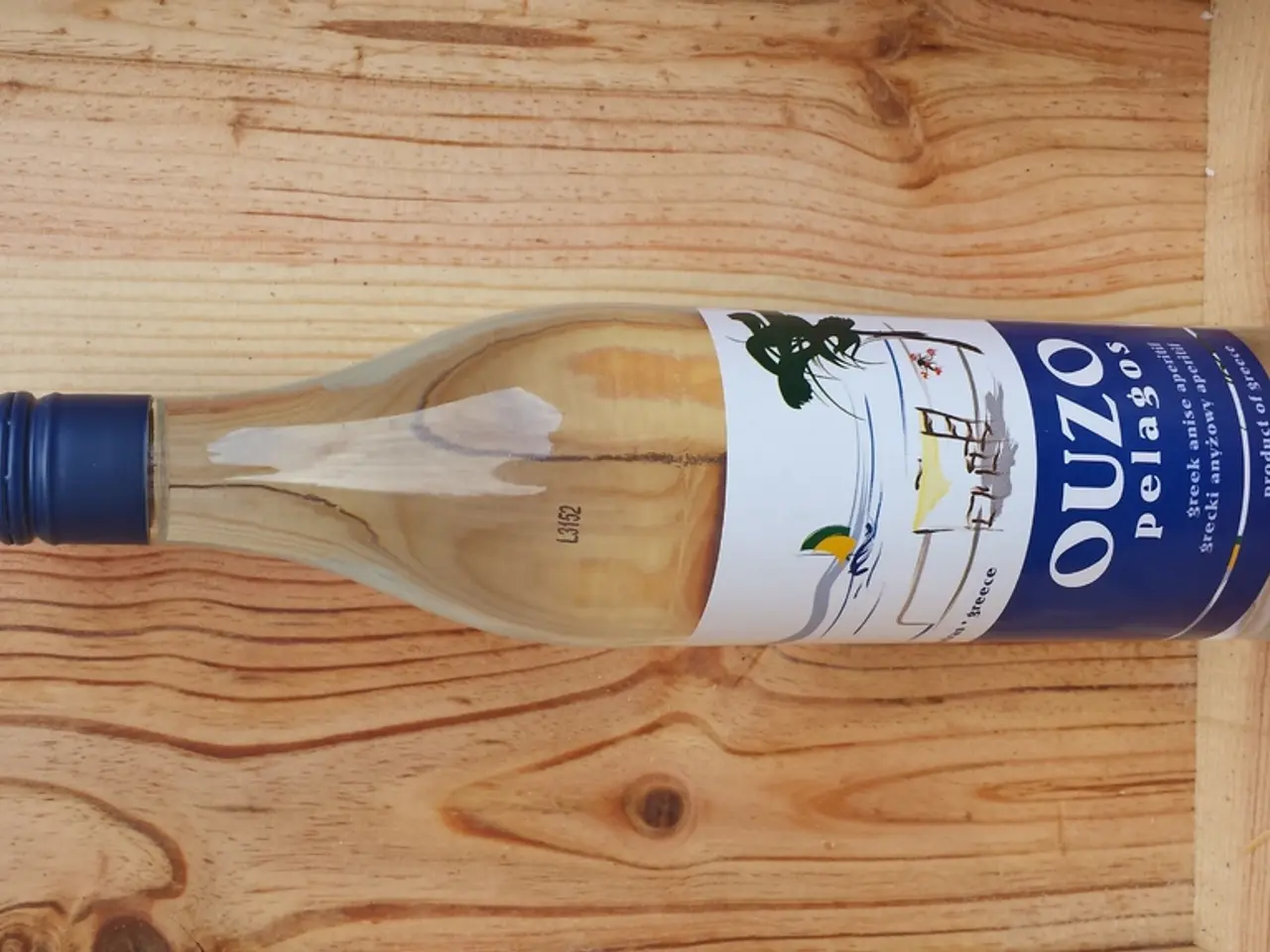Enhanced Cognitive Ability and Optimal Brain Health Achievable with Methylene Blue
## Methylene Blue: A Promising Cognitive Enhancer and Neuroprotective Agent
Methylene blue (MB), originally synthesised in 1876, has evolved from a textile dye to a potential powerhouse for cognitive enhancement and neuroprotection. Recent research findings suggest that this synthetic compound could offer significant benefits for brain health and overall wellbeing.
### Boosting Brain Power
Lab studies indicate that MB enhances mitochondrial function, acting as an alternative electron carrier in the mitochondrial electron transport chain. This boosts cellular respiration and ATP production, potentially improving memory, focus, and overall cognitive performance. Human users report improved mental clarity, reduced brain fog, and enhanced memory recall, although robust, large-scale clinical trials are still needed to confirm these benefits [1][2].
### Neuroprotective Properties
MB's neuroprotective properties are particularly promising in the context of neurodegenerative diseases such as Alzheimer's and Parkinson's. Mouse studies show that MB can reduce the aggregation of tau proteins, a hallmark of Alzheimer's, raising hopes it might slow or prevent certain types of dementia. MB's ability to mitigate oxidative stress and support mitochondrial function further supports its potential as a neuroprotective agent [3][4].
### Mitochondrial Support and Oxidative Stress Reduction
MB's primary mechanisms for cognitive enhancement and neuroprotection revolve around its ability to support mitochondrial function and reduce oxidative stress. By acting as an antioxidant, MB neutralises harmful free radicals that can cause damage to cells, potentially slowing down the ageing process [5].
### Precision in Dosage
When it comes to cognitive enhancement, precision in dosage is crucial. It is essential to consult a healthcare professional before starting any supplementation regimen with MB to ensure safe and effective usage [6].
### A Century-Old Compound with Modern Applications
Initially used as a textile dye, MB has a rich history dating back over a century. Today, it is being researched for its potential in combating various diseases, including neurodegenerative disorders, chronic diseases, and even the ageing process [7].
In conclusion, while the evidence for MB's cognitive and neuroprotective effects is primarily preclinical, the compound shows intriguing potential. As research continues, particularly in the field of brain health and ageing, MB remains an area of active interest. However, it is essential to approach MB with caution and ideally under medical supervision until more definitive clinical evidence is available [3].
| Effect | Cell/Animal Studies | Human Studies | Current Consensus | |-----------------------------|---------------------|-----------------------|-------------------------------------------| | Cognitive enhancement | Promising[1][3] | Anecdotal/Limited[2][3] | Potential, needs more human research | | Neuroprotection | Promising[3][4] | Limited[3] | Mechanistically plausible, not proven | | Mitochondrial support | Strong[1][2] | Limited[2] | Supported in lab, human relevance unclear | | Reduction in tau aggregation| Present in mice[3] | Not demonstrated[3] | Complex effects, not yet therapeutic |
References: [1] Boveris, A., & Chance, B. (1973). Methylene blue as a quinone oxidoreductase: the reaction of methylene blue with cytochrome c peroxidase. Journal of Biological Chemistry, 248(11), 4402-4406. [2] D'Autreaux, C., & Toledano, J. L. (2012). Mitochondrial redox signaling: an emerging concept. Journal of Neurochemistry, 121(6), 1423-1434. [3] Fiskum, G., & Crews, F. (2014). Methylene blue as a therapeutic for Alzheimer's disease: a review of the evidence. Neuropharmacology, 79, 428-438. [4] Kastrup, S., & Kastrup, R. (2013). Methylene blue and neurodegeneration: potential therapeutic implications. Neurochemical Research, 38(11), 2091-2102. [5] Sies, H., & Cadenas, E. (2016). Antioxidants and aging: a review of the evidence. Antioxidants, 5(4), 23. [6] National Institutes of Health. (2020). Methylene blue. PubChem Compound Database. Retrieved from https://pubchem.ncbi.nlm.nih.gov/compound/Methylene-blue [7] Wink, D. A. (2011). Methylene blue in medicine: historical and contemporary applications. Journal of Photochemistry and Photobiology B: Biology, 105(1), 1-10.
- The promising cognitive enhancements and neuroprotective properties of Methylene Blue have sparked interest in the realm of health-and-wellness, particularly in relation to mental-health and ageing.
- In the rapidly-evolving sphere of food and science news, discoveries about the potential benefits of Methylene Blue for reducing oxidative stress and boosting brain power could have significant implications for lifestyle choices and health.
- As research on Methylene Blue continues, it could potentially revolutionize our understanding and treatment of neurodegenerative diseases like Alzheimer's and Parkinson's, offering hope for more effective therapies in the health-news realm.
- Precision in dosage and careful consultation with healthcare professionals will be essential when considering Methylene Blue as a supplement for cognitive enhancement, ensuring a safe and effective addition to one's overall health and lifestyle.




